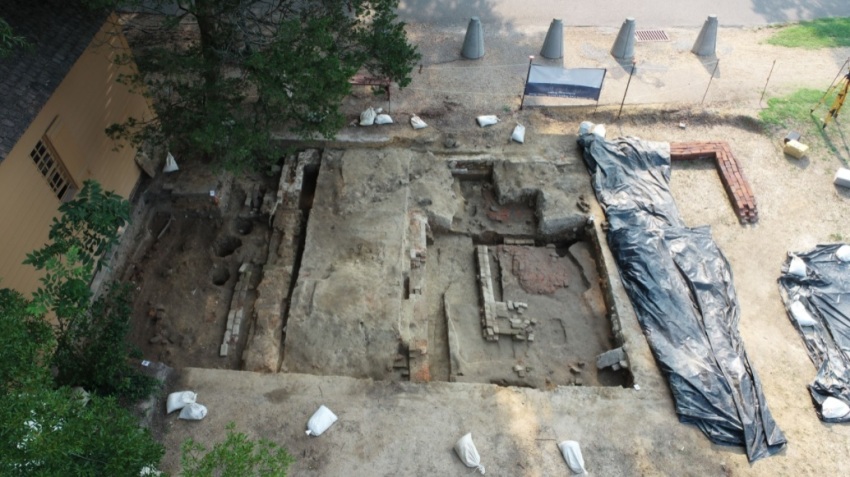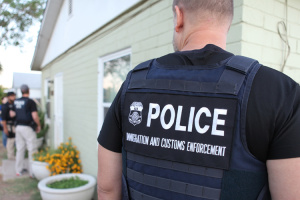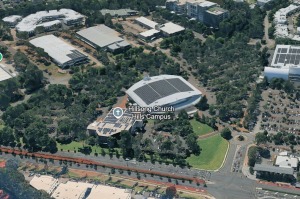Archaeologists uncover centuries-old remnants of 1 of America's first black churches

Archaeologists in Virginia have discovered what they believe to be the remains of the first permanent structure for one of the oldest African American congregations in the United States.
Researchers with Colonial Williamsburg announced on Oct. 7 that they discovered the remnants of the first permanent structure for the Historic First Baptist Church of Williamsburg after digging at the site of the church’s original location for more than a year. The site dates back to the early 1800s.
The discovery of the structure's remains coincides with the community celebration recognizing the 245th anniversary of the modern Historic FBC congregation’s founding.
Jack Gary, director of archaeology with the Colonial Williamsburg Foundation, told The Christian Post that researchers gathered evidence about the building throughout the summer to confirm the findings.
“The documentary record places the congregation on the piece of property we are excavating in 1818. That documentation refers to the Baptist Meeting House. Our excavations have uncovered the brick foundation for a small building,” Gary said.
“Based on the dates of artifacts, including an 1817 coin found below and around this foundation, the building has to have been constructed and stood sometime in the first quarter of the 19th century — the same time as when the documentary record refers to the Baptist Meeting House standing here.”
The researchers will continue to excavate parts of the site where they have located unmarked human burials to determine how many people were buried at the property. They are also investigating how the landscape around the church looked.
“This project has been a community-engaged project from the very beginning,” said Gary. “Because the descendants of those who worshipped in this church are still here and First Baptist Church itself still exits, we have the opportunity to connect the community directly to their history.”
Historic First Baptist Church traces its origins to clandestine worship meetings held by slaves and ex-slaves beginning in the 1770s at Green Spring Plantation, not far from Williamsburg.
In 1781, the congregation was officially organized into a church in the nearby rural area of Raccoon Chase, led by Gowan Pamphlet, an enslaved man. Shortly after that, a white family allowed the worshippers to use his family’s carriage house for meetings.
The 1818 structure discovered by archaeologists last week was destroyed in a tornado in 1834. A brick church was erected on the same site in 1856. The church moved to its present address at 727 Scotland Street back in 1956.
“The early history of our congregation, beginning with enslaved and free Blacks gathering outdoors in secret in 1776, has always been a part of who we are as a community,” said the Rev. Reginald F. Davis, the church's current pastor, in a statement.
“To see it unearthed – to see the actual bricks of that original foundation and the outline of the place our ancestors worshipped — brings that history to life and makes that piece of our identity tangible. After 245 years, this is a reason to truly celebrate.”
Colonial Williamsburg Foundation CEO Cliff Fleet said that the foundation looks to tell a "more complete and inclusive story" of the people who "lived, worked and worshipped here during our country’s formative years."
“The history of this congregation is a story that deserves to be at the forefront of our interpretation and education efforts, and we are honored to play a part in bringing that story to light," Fleet added.



























